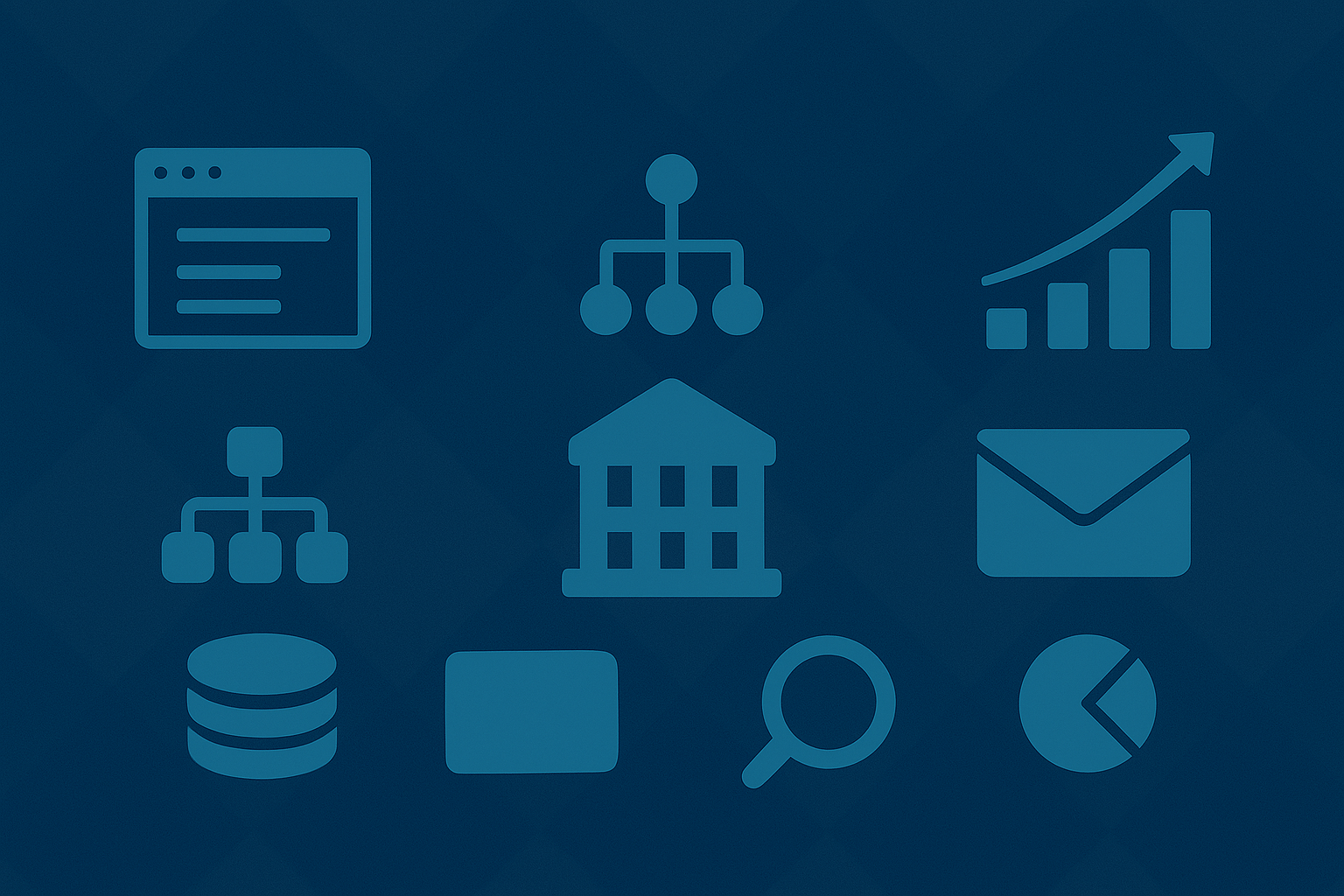Relying on spreadsheets, disconnected CRMs, and static databases is no longer enough to win deals, find partners, or stay ahead of the curve.
In 2025, institutional teams need a modern, connected data stack built for precision, speed, and scale. That means rethinking how tools are selected—and how they work together.
Here’s what the core stack should include, and how platforms like HedgeID fit into the picture.
1. Centralized Intelligence Layer
Before you can manage relationships, you need to find the right ones. That’s where HedgeID comes in. HedgeID is built to centralize institutional data—investment managers, allocators, advisors, consultants—and help you surface the right counterparties across asset classes.
Think of it as the discovery and qualification layer in your stack. It helps you:
-
Identify high-fit contacts and firms
-
Explore networks and connections across the market
-
Enrich your CRM with accurate, institutional-grade data
In other words, HedgeID helps you figure out who to go after. Then your CRM takes over.
2. CRM
CRMs are foundational. They track touchpoints, organize outreach, and help teams manage the middle and bottom of the funnel. But they’re only as good as the data you feed them.
The problem? Most CRMs start empty. You have to manually enter contacts, import leads from events or lists, or rely on reps to build them out over time. That’s inefficient—and it leads to missed opportunities.
This is why HedgeID complements a CRM so well. You start with the market already mapped. For a deeper look at how HedgeID complements your CRM rather than replacing it, read our article on CRM vs Intelligence Platform: What Your Capital Markets Team Actually Needs.
3. Marketing Automation
Marketing tools help with email sequencing, nurturing, and campaign management. These tools are useful for warming up contacts—but only after you’ve found the right ones.
With data from HedgeID piped into your CRM and synced to marketing platforms, you can:
-
Launch more targeted campaigns
-
Reduce wasted spend on low-fit firms
-
Get better conversion data across the funnel
The key is feeding marketing platforms high-quality, pre-qualified contacts. Not just bulk lists.
4. Analytics and Reporting
You need to measure what’s working. Analytics tools and custom dashboards can help teams understand pipeline trends, market coverage, and outreach performance.
When your data stack includes a discovery platform like HedgeID, you get a broader picture of:
-
Which parts of the market you’ve actually covered
-
Which firm types or regions are under-penetrated
-
How your team’s outreach aligns with your ICP
5. Feedback Loop to Improve Targeting
Modern stacks aren’t static. The best teams learn from what works—and adjust in real-time.
That’s where HedgeID’s intelligence layer adds compounding value. If your CRM or marketing tool shows that a certain type of firm converts better, HedgeID can help you find more firms like that.
It becomes a feedback loop:
-
Discover →
-
Engage →
-
Measure →
-
Refine discovery →
-
Repeat
A modern capital markets stack in 2025 isn’t about piling on more tools. It’s about having the right tools, in the right order, working together.
You need a platform like HedgeID to map the market and prioritize the right targets. A CRM to track relationships. Marketing tools to drive outreach. And analytics to measure and refine your approach.
Most teams already have some of these pieces. The gap is usually in the first layer—accurate, centralized intelligence.
Book a demo today to see how HedgeID powers the intelligence layer that unlocks everything else.

